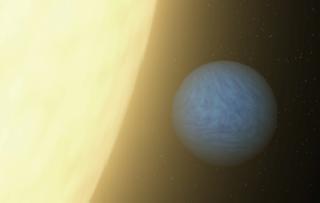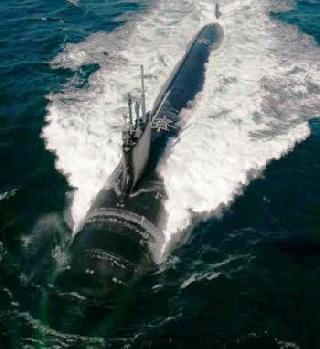Rustom-1. A file photo.
BANGALORE (PTI): Capable of undertaking various military missions and intelligence gathering tasks, the indigenously developed Unmanned Aerial Vehicle (UAV) Rustom-1 has demonstrated its ability to fly at an altitude of 11,500 feet with a heavier take-off weight.
"Indigenously designed and developed Rustom-1 made a successful flight Tuesday morning at Kolar with attainment of about 11,500 feet above ground level and speed of above 140 kmph during 2 hours and 10 minutes of cruise," DRDO officials said here.
It was the 14 successful test flight of the UAV.
Developed by DRDO's Bangalore-based lab Aeronautical Development Establishment (ADE), Rustom had its maiden flight in November 2009.
PS Krishnan, Director ADE, after witnessing the flight, said the mission was successful and all the parameters were achieved by the UAV, which weighed around 690 kgs. Its total performance was satisfactory, he said.
Underlining the highlights of the flight, he said the UAV used a 'lean mixture control system' in the engine for flying at high altitudes and its take-off weight was also the heaviest so far.
During the flight, Rustom also achieved the maximum altitude of 3.5 kms and flew upto its extended range of about 50 kms, which was tried out for the first time.
"The waypoint track was perfect and so were take-off, landing and other parameters of the aircraft," the officials said.
Rustom-1 has the potential to conduct military missions like reconnaissance and surveillance, target acquisition, target designation, communications, battle damage assessment and gathering signal intelligence.
Once fully developed, it will be able to attain the maximum altitude of 22,000 feet with an endurance of 12-15 hours and operate within a range of 250 kms, the officials said.
 Previous Article
Previous Article Next Article
Next Article












The Indian Air Force, in its flight trials evaluation report submitted before the Defence Ministry l..
view articleAn insight into the Medium Multi-Role Combat Aircraft competition...
view articleSky enthusiasts can now spot the International Space Station (ISS) commanded by Indian-American astr..
view article